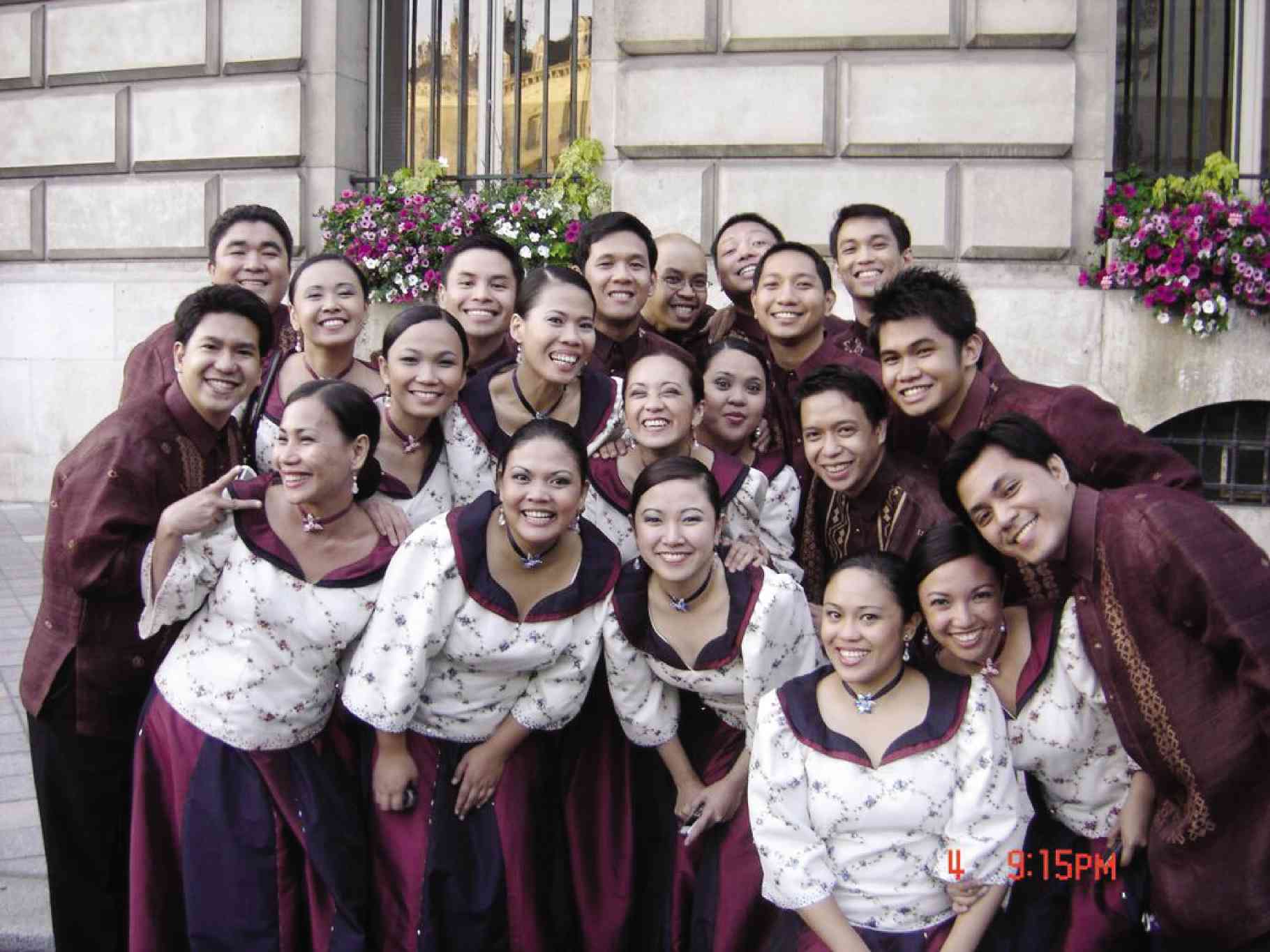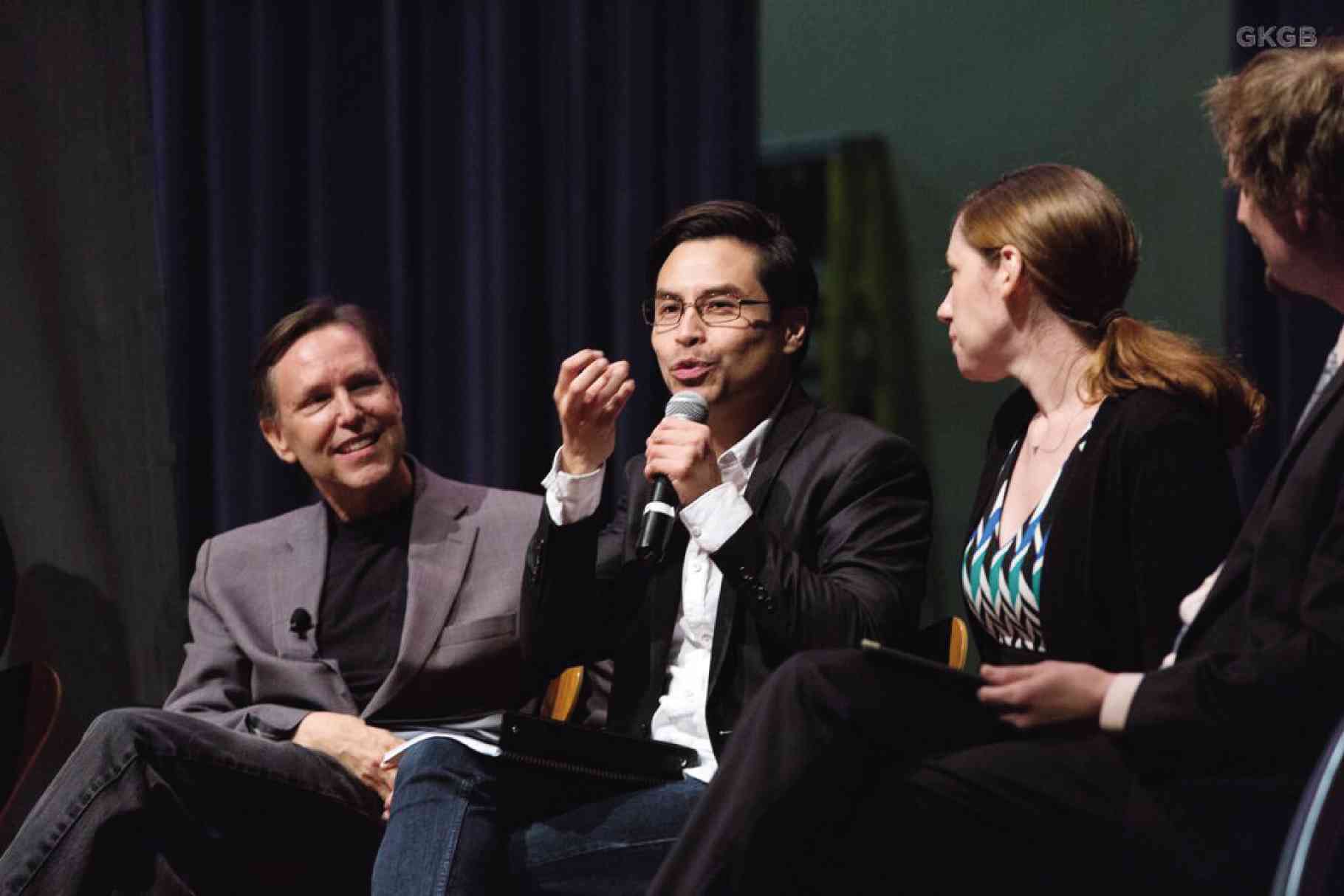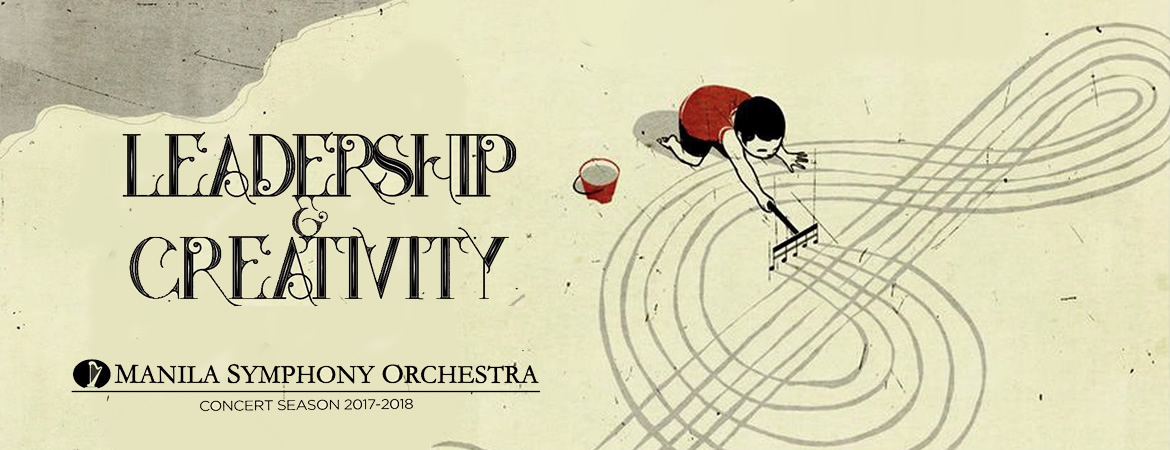Grammy-nominated chorale to premiere UP alumnus’ composition
By: Ruben V. Nepales – Columnist / 12:30 AM October 23, 2015

LOS ANGELES — Nilo Alcala, a University of the Philippines (UP) alumnus, adds quite a prestigious entry to his already impressive résumé as a choral composer. The Lucena-raised music artist who once scored for Gil Portes’ films is the first Filipino to be commissioned by the Los Angeles (LA) Master Chorale, one of the world’s leading choirs.
On Nov. 15, the LA Master Chorale will perform his composition, “Mangá Pakalagián” or “Ceremonies,” in a concert titled “Made in LA” at the world-famous Walt Disney Concert Hall in downtown Los Angeles. It will be the world premiere of the piece.
Grant Gershon, artistic director of the Grammy-nominated chorale, said in a statement, “LA has become an incredible hotbed for some of the most interesting, creative and exciting composers writing for voice today. Our goal with this initiative is to nurture these composers and align the LA Master Chorale with the forefront of this choral renaissance.”
Nilo, who sang with and composed for the Philippine Madrigal Singers, will be joined by seven other composers, including Morten Lauridsen, who received the National Medal of Arts from President George Bush in 2007.
Last Oct. 15, the LA Master Chorale presented Nilo and the other featured composers in “Composers Live!,” described as a “half-interview, half-concert” at the AT&T Theater, also in downtown LA. In the event moderated by Gershon and Brian Lauritzen (a deejay of KUSC, a classical music station), Nilo made Filipinos in the audience proud with his wit, eloquence and his work, “Ceremonial Burning.”
Nov. 14 and 15 will be a heady weekend for the UP Los Baños BS Development Communication graduate who proceeded to study at the UP Diliman College of Music. Nilo will be one of the guest vocalists in “Faso Goes Pops!” of the Filipino American Symphony Orchestra (Faso), the only Filipino symphony orchestra outside of the Philippines, at the Alex Theatre in Glendale, California, on Nov. 14.
Nilo’s rise in the choral music world is remarkable since he began composing only in 2001. He dreams of scoring Hollywood films someday. In the meantime, the son of Nilo Mendez Alcala (from Virac, Catanduanes) and Regina Belarmino Alcala (San Pablo City, Laguna) who attended elementary and high school at the Maryhill Academy (now Maryhill College) in his hometown, Lucena City, Quezon, is ecstatic about the breaks coming his way.
I know the journey from the Philippines to being featured as one of the leading choral composers in LA in a concert was probably complicated and challenging. How did you, an immigrant, get to where you are now?
Looking back, I see my journey as characterized by bold or risky choices, patient waiting and, more notably, “Divine” orchestrations. I already had a degree and was working for a non-profit organization in Manila when I felt resolute in my decision to go back to school to study composition.
I remember having made this seemingly immodest “deal” with God, saying, “Use me however you want but make me excellent in what I (want to) do.” Things then began to happen favorably for me—I won national and international competitions. I had international exposure as chorister and composer of the Philippine Madrigal Singers.
And right after graduating from UP, I got a full ride to take masters of music in composition at Syracuse University through the Billy Joel Fellowship. Then I moved west and became a resident of LA unbelievably fast after being granted an EB-1 (Extraordinary Ability) visa status. A few years as a Los Angeleno, here comes this wonderful break with the Grammy-nominated LA Master Chorale.

What were the major struggles along the way?
One main struggle was being away from family and friends when I first came to the United States—first as a student in upstate New York, then as a graduate setting up life anew in Southern California. Homesickness made the “in betweens” of my career journey a bit challenging. But then I made a new “family” and wonderful support systems along the way.
What does being part of and being defined as a “Made in LA” choral composer mean to you?
I recognize that being part of “Made in LA” is a milestone not just for me but all other aspiring Filipino composers. Being the first Filipino composer to be commissioned by this fully professional and Grammy-nominated group means I get to pave the way for others like me.
Since LA is known to celebrate diversity, especially in the field of arts—that means I get to keep my own compositional voice and my identity as Filipino, even as I am very much a Los Angeleno now.
But do you consider yourself a composer “made in LA” or “made in the Philippines” or “made in both LA and the Philippines”?
I can’t remember my parents telling me that they had a second honeymoon abroad nine months prior to my birth, so I am definitely made in the Philippines! (Laughs.)
But seriously, I am a product of all my experiences, including growing up and being educated in the Philippines, traveling all over the world to perform, as well as studying and living for the past eight years in the US. I would say I am a composer, currently based in LA, with the world as both my stage and influence.
LA is actually a thriving cultural capital, especially because of its diverse communities that contribute to the city’s vibrant arts and culture scene. What do you say to claims that LA is a culturally empty la-la-land?
I think those who perpetuate this cliché probably do not know where to look when they want their inner artists to be satiated. LA is a melting pot and the mere coming together of various cultures and artists from all over the world at this very spot of the globe speaks for itself.
The current CEO and president of LA Master Chorale, Jean Davidson, who is originally from New York, even feels that there could be a palpable shifting of the “arts center” from New York to LA.
How did you become a part of the “Made in LA” concert?
I received an e-mail from LA Master Chorale artistic director Grant Gershon around July of 2014, saying he really enjoyed my music through various online sources (YouTube, SoundCloud, etc.) and thus wanted to commission me. I believe it was Filipino tenor Sal Malaki, a member of the LA Master Chorale, who made the first endorsement to Grant about me and my work some time in 2012.
I realize making real, meaningful connections matter, whether personal or professional. It also doesn’t hurt to put up social media accounts to promote music. But ultimately, what made this come together is “Divine” orchestration.
What were your influences when you were growing up in the Philippines that still show up in your work to this day?
Growing up, I was somewhat oblivious to classical works. Although I had my first exposure to classical music through sort of an “adulterated” version—we had recordings of classical music remixed with a modern beat that I remember enjoying at age 5! I am not sure how that affected my music, though.
I only started composing in 2001 prior to my risky decision to go back to school to study composition. My mind was a tabula rasa, so to speak. My exposure at the UP College of Music to amazing Filipino music helped shape my aesthetic.
What are you looking forward to about singing in “Faso Goes Pops”?
I’m always excited when there is a Filipino musical event—that means it’s another gathering of the LA Fil-Am community to celebrate talent, excellence, achievement and… food afterwards! In “Faso Goes Pops,” I am really eager to share the stage with such promising Fil-Am talents (and have a hearty Filipino buffet afterwards).
For this concert, Faso will be honoring LA-based songwriters in a segment. They asked me to sing “Hanggang Huli’y Ikaw” by SJ Gandia.
What does performing with the Faso mean to you?
I see this as more than a concert—it is a means to unify and strengthen this bond of the Fil-Am community in LA.
A day after “Faso Goes Pops,” you will be featured as a composer in “Made in LA” concert. How “crazy” is that?
Totally crazy! I guess my heart would be pounding heavily (well, in a good way) that entire weekend! For me, and I guess for any other composer, hearing the notes you’ve written come to life is, and will always be, a spectacular treat in itself.
When at least 68 musicians (including choristers, soloists, instrumentalists and the conductor) come together and bring life to my composition, I do expect to be overwhelmed and maybe briefly forget that what they’re performing came from my imagination.
What will the “Made in LA” concert audience expect in your composition, “Mangá Pakalagián”?
“Mangá Pakalagián” or “Ceremonies” is a suite of three choral works, inspired by actual kulintang repertoire and the Maguindanaon’s tradition of playing specific kulintang music for almost any occasion or ritual.
Highlighted in this piece are ceremonies for: 1) welcoming guests; 2) celebrating harvest; and 3) invoking invincibility prior to war or battle (practiced in ancient Maguindanao). The audience can expect music that is driven, intricately crafted and has several layers of rhythms, creating a tapestry of sound which I am expecting would be fairly different from what Western ears are accustomed to.
Interestingly, I took inspiration from the colorful textiles and tapestries of Mindanao for the musical texture I wanted for this piece. Featured with the LA Master Chorale for this work is the kulintang ensemble, Subla, headed by master artist Danongan “Danny” Kalanduyan.
In your travels with the Philippine Madrigal Singers, which event or incident was the most memorable and why?
Joining the Philippine Madrigal Singers in an international competition in Tours, France (the 2006 Florilège Vocal de Tours) was so memorable. It was the Madz’s re-entry into the European choral competition arena. There was extreme pressure to win and then represent that competition for another round of “champions against other champions” the following year—leading to a European Grand Prix title (which the Madz won in 1997).
One of the pieces we sang was a work of mine called “Dayo Dayo Kupita” based on a Maranao chant. I felt like part of the burden was on my own shoulders. Fortunately, we won!
And in 2007, the group (this time without me), competed again in that “battle of the champions” and earned the honor of being the very first choir in the world to win the European Choral Grand Prix twice. Part of the repertoire was another work of mine (“Kaisa-isa Niyan,” based on a Maguindanaon children’s play chant), and again, I felt the pressure to win was heavy on me.
And, what do you consider as the funniest incident?
In one of the concerts we had in San Francisco in 2005, two halves of the group began two different songs! Blame it on an erroneous list or kodigo we refer to secretly in our hands to check the lineup of the program.
We could all see the panic in everyone’s eyes! But fortunately, one of those two songs has a louder dynamic marking, thus overpowering the other half of the group. I believe I was part of the “loud group.” (Laughs.)
Which singers and composers are you listening to these days?
I noticed that I’ve been listening lately to a lot of Bach, specifically the “Brandenburg Concertos”—they’re on repeat on my Spotify! I especially like “Concerto No. 3 in G, BWV 1048: I,” and “Concerto No. 4 in G BWV 1049: I and III.” I probably get this subliminal satisfaction as my own music is as driven and polyphonic, though with a totally different aesthetic, as these pieces.
I’m confessing though that while this music is playing, I’m going through my daily routine. So it’s like my own “elevator music.” Sorry, Bach!
On some days I listen to Maroon 5, Jason Mraz, John Legend, Ed Sheeran or similar artists just to satiate my “pop ear.” I also love this vocal group called Roomful of Teeth (founded by Brad Wells) who sings innovative pieces that employ “vocal calisthenics” which I find in my own works as well.
Who are the composers, Filipino and foreign, that you look up to?
There are a lot … Chino Toledo and Ramon Santos are on the top of the list. I’m biased because they were my teachers in UP. They have such brilliant minds and impeccable creativity. The late National Artist Francisco Feliciano also made an impact on my own music as he, like me, employed indigenous materials as sources of inspiration for some of his works.
Is film scoring and theme song composing something that you’d like to do more?
Definitely! If given a chance to score a major Hollywood film, I would be a fool to say no to that! I remember my experience scoring films for director Gil Portes back in the Philippines. It was always a fulfilling task to heighten an underlying mood or alternate consciousness of a given scene through music and sense the audience reacting to it.
Do you feel a tug of war within you in regard to pop versus classical? How do you keep a healthy balance between these two fields?
I’d say I have more of a “classical” composer in me than pop (classical in the sense that my music is programmed in classical concert venues). I probably am not thinking much about that tug of war.
My singing style somehow leans toward the pop genre (as I sing in our church’s worship team and we do mostly contemporary music) but my voice has a crossover feel to it, owing to a classical vocal training.
I guess my healthy balance comes from checking beforehand if a certain project resonates with me—whatever genre is asked for. Notably, I am interested in scoring films. That means I need to be well-versed in any style, including pop.
Ten years from now, where do you hope to be as a composer and vocalist?
Some EGOT (Emmy, Grammy, Oscar, Tony) or maybe a Pulitzer along the way wouldn’t hurt! (Laughs.) Putting it out there in the universe! Kidding aside, I’d like to look back and say I have paved the way for other Filipino composers to be well-received on a “global stage.”
Source:
Philippine Daily Inquirer
Related Event:


